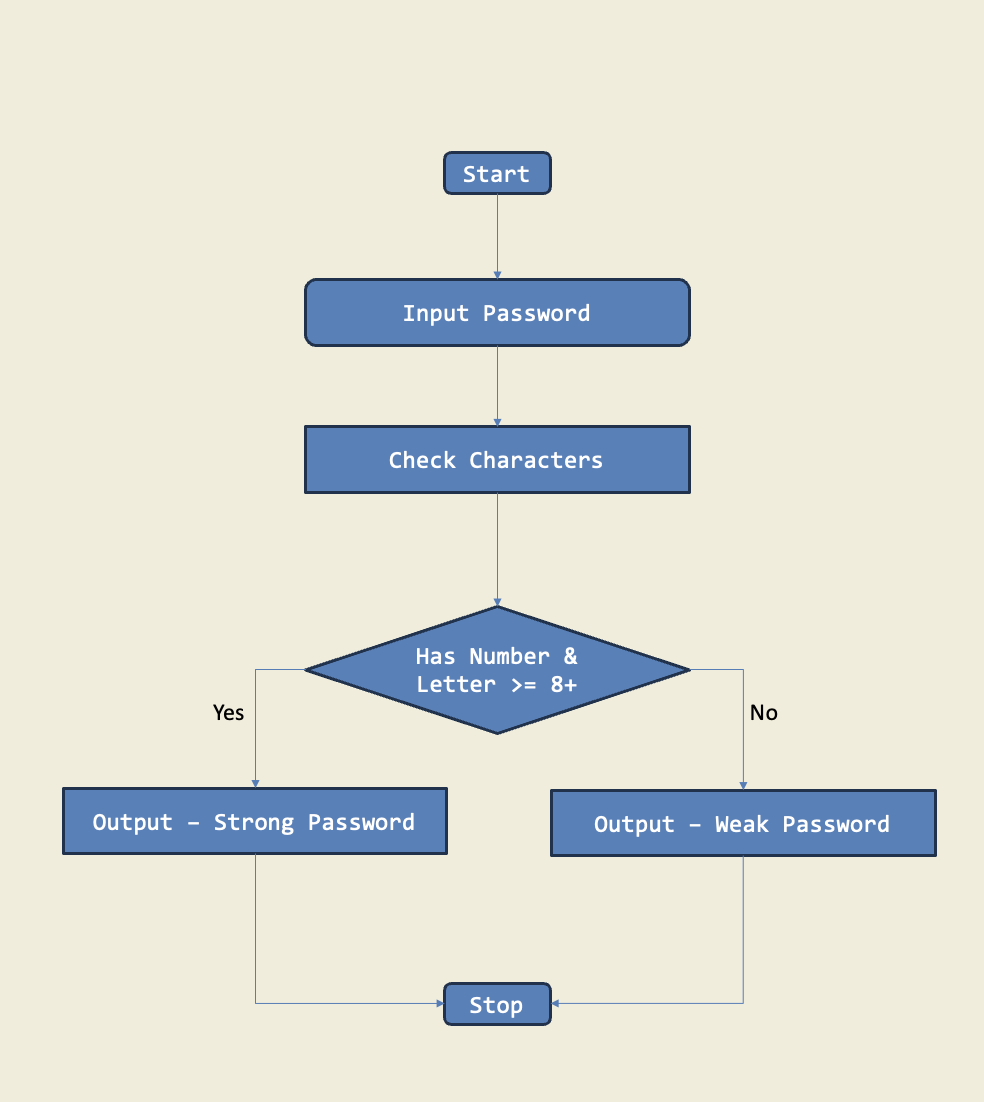Ethan Zhang's Coding Projects
Hi, I'm Ethan! I'm 12 years old and began learning robotics with LEGO Mindstorms and block-based coding in Primary 2. I enjoy designing and building robots to automate daily tasks. This passion led me to explore text-based coding with Python, which I now use to solve math problems and create educational games using Pygame for my friends to enjoy and learn from.

Ultrasonic Activated Tractor
I built a LEGO-based tractor model designed to simulate real-life functionality. It uses an ultrasonic sensor to detect obstacles and automatically stop when objects are within a threshold distance that I configured. This demonstrates the potential advantages of automation and smart technology in modern farming.
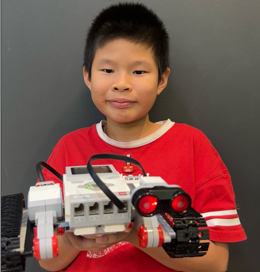
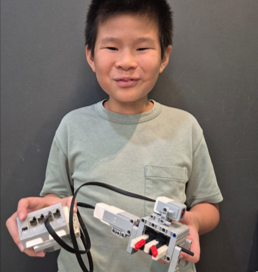
Colour Activated Shooter
Having played at the arcade frequently, I decided to use the concepts of conditional statements, colour detection, and output controls to create a secure and precise shooter that fires a shot when the colour sensor detects two specific colours in the coded order.
Description:
In this project, I used math to change a huge number of minutes into days, hours, and minutes. I used division and remainders to see how many full days there were and what was left over. This is important because it shows how math can help us understand time by breaking it down into parts we can read.
Diagram:
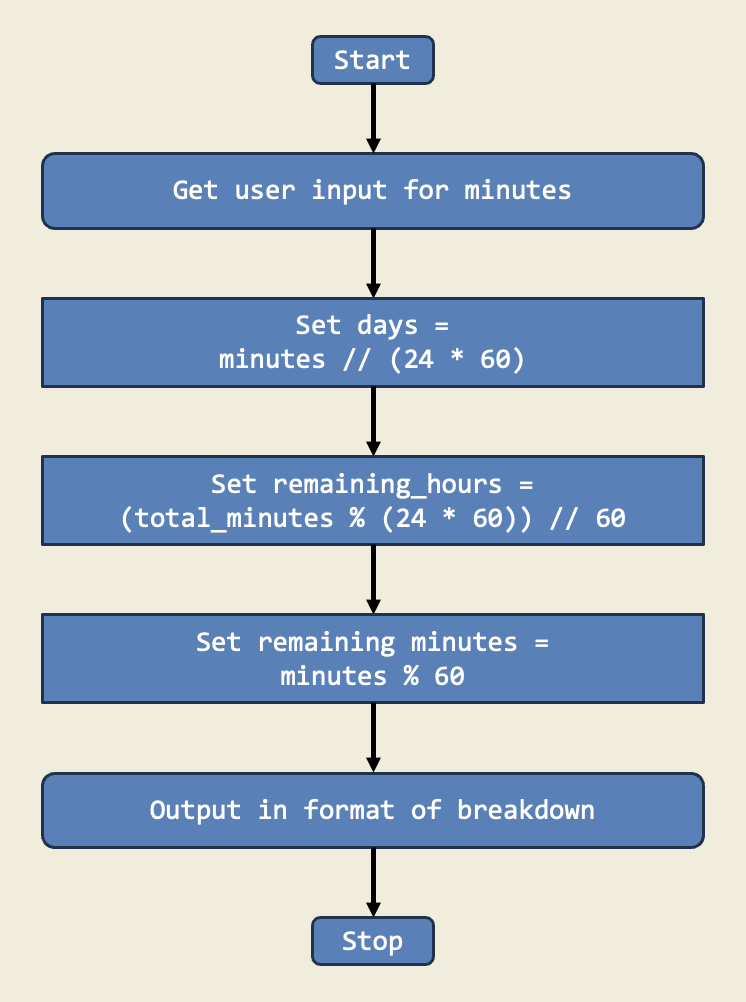
Trinket:
Description:
This project takes a sentence as input and reverses the order of the words, demonstrating string manipulation and basic list operations in Python. It's a simple yet effective way to understand how to break down and rebuild text data.
Diagram:
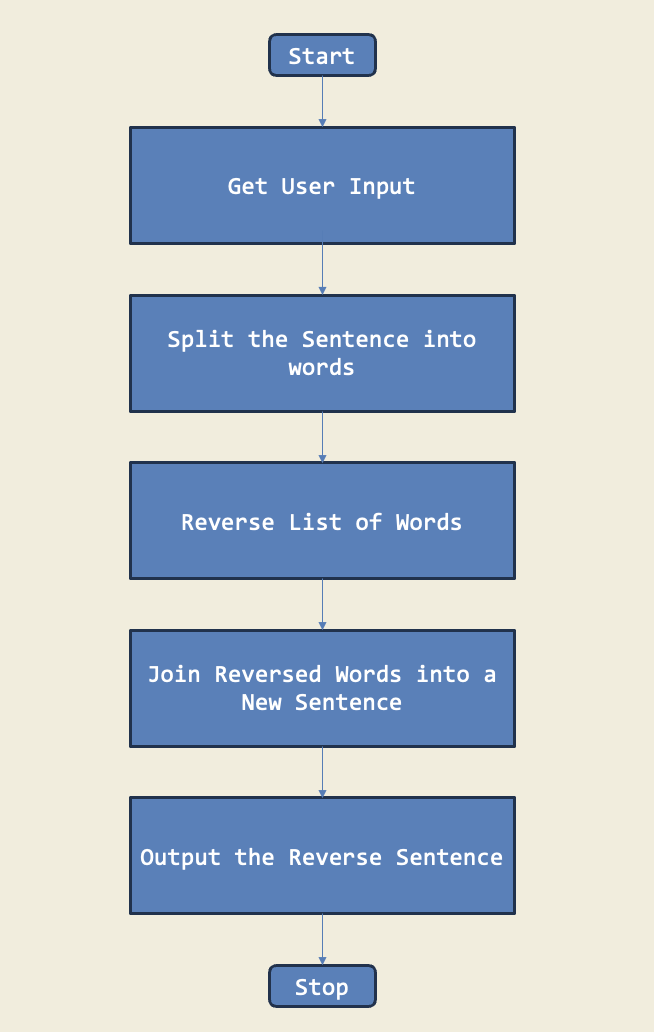
Trinket:
Description:
In this project, I used if-else statements to check if a triangle is right-angled. I asked for three sides, sorted them, and used the Pythagorean theorem to decide if the triangle was right. This is important because if-else lets the program choose different actions based on the input.
Diagram:
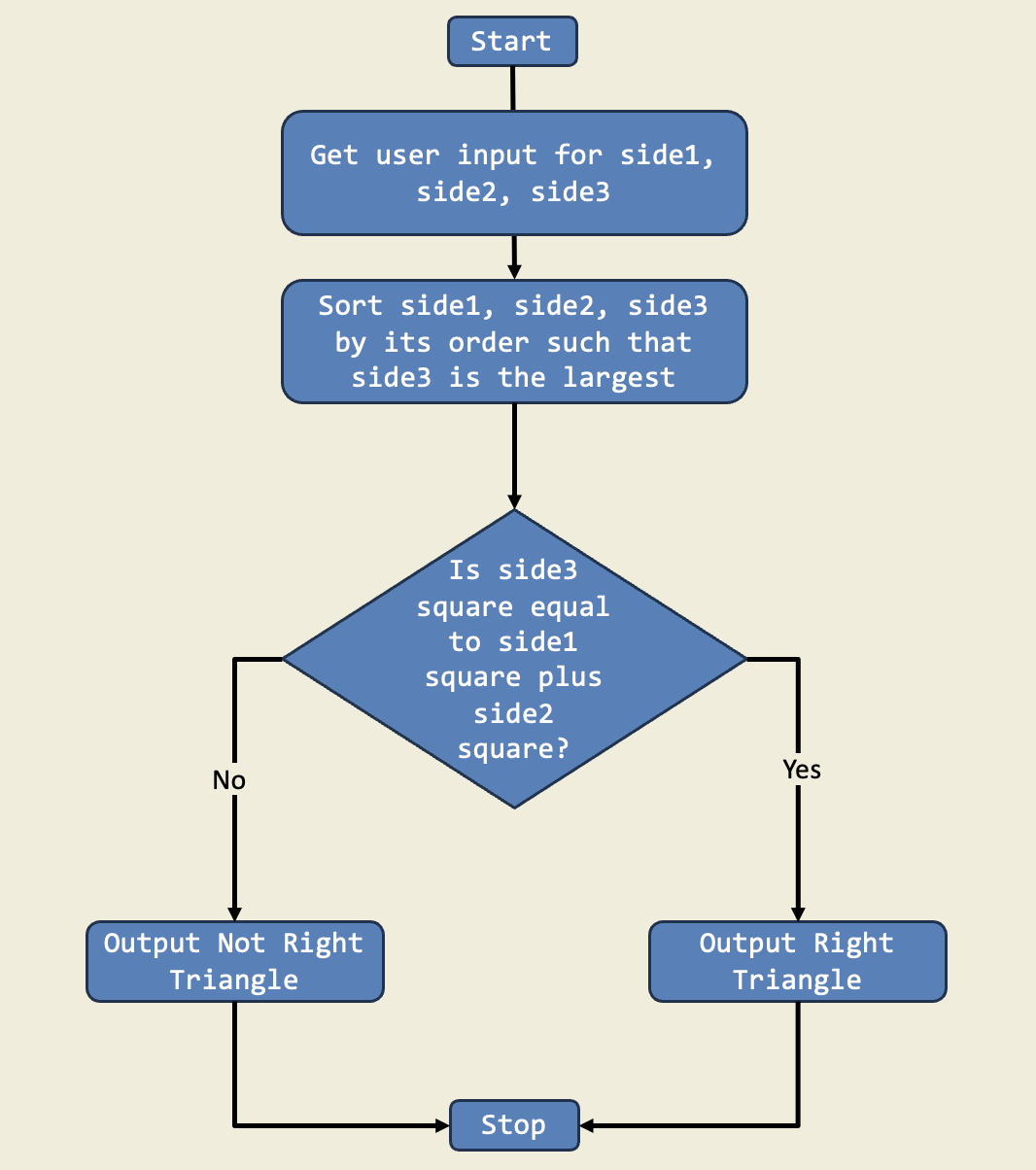
Trinket:
Description:
This project is a simple login system that checks if the entered username and password match preset values. If they do, the user is logged in; otherwise, they must try again. It demonstrates how if-else statements handle multiple outcomes based on user input.
Diagram:
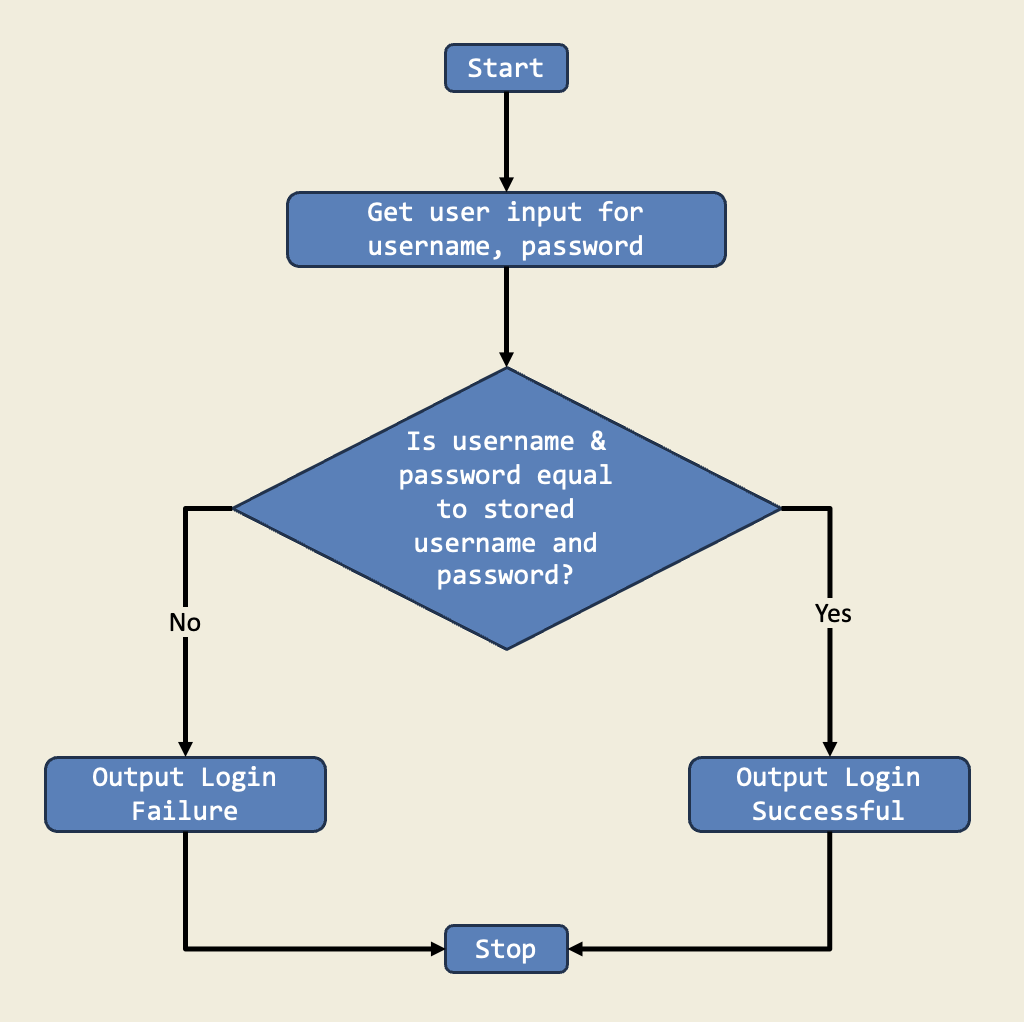
Trinket:
Description:
This project extracts the initials from a given full name, showcasing string splitting, iteration, and character manipulation. It's a practical example of processing user input to extract specific information.
Diagram:
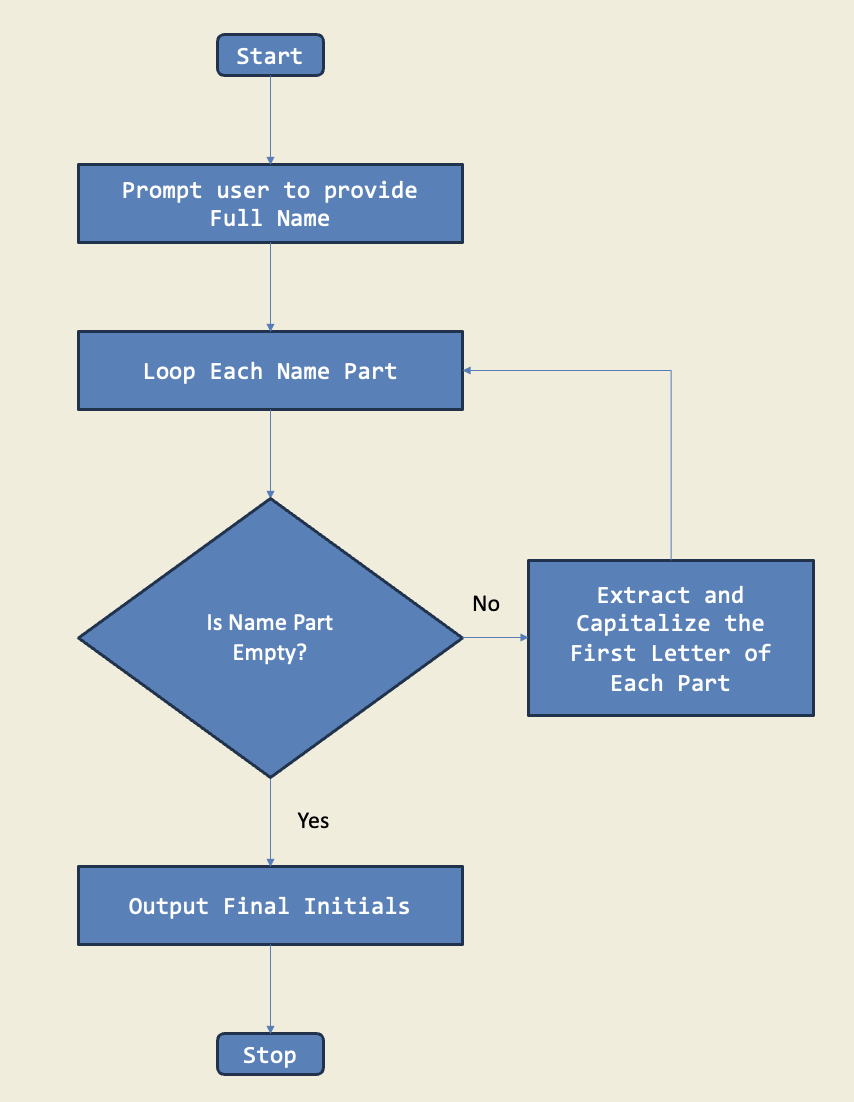
Trinket:
Description:
This project simulates a basic shopping cart experience, allowing users to add items, view their cart, and calculate the total. It demonstrates the use of data structures (like dictionaries or lists) to manage inventory and user selections, along with fundamental arithmetic operations.
Diagram:
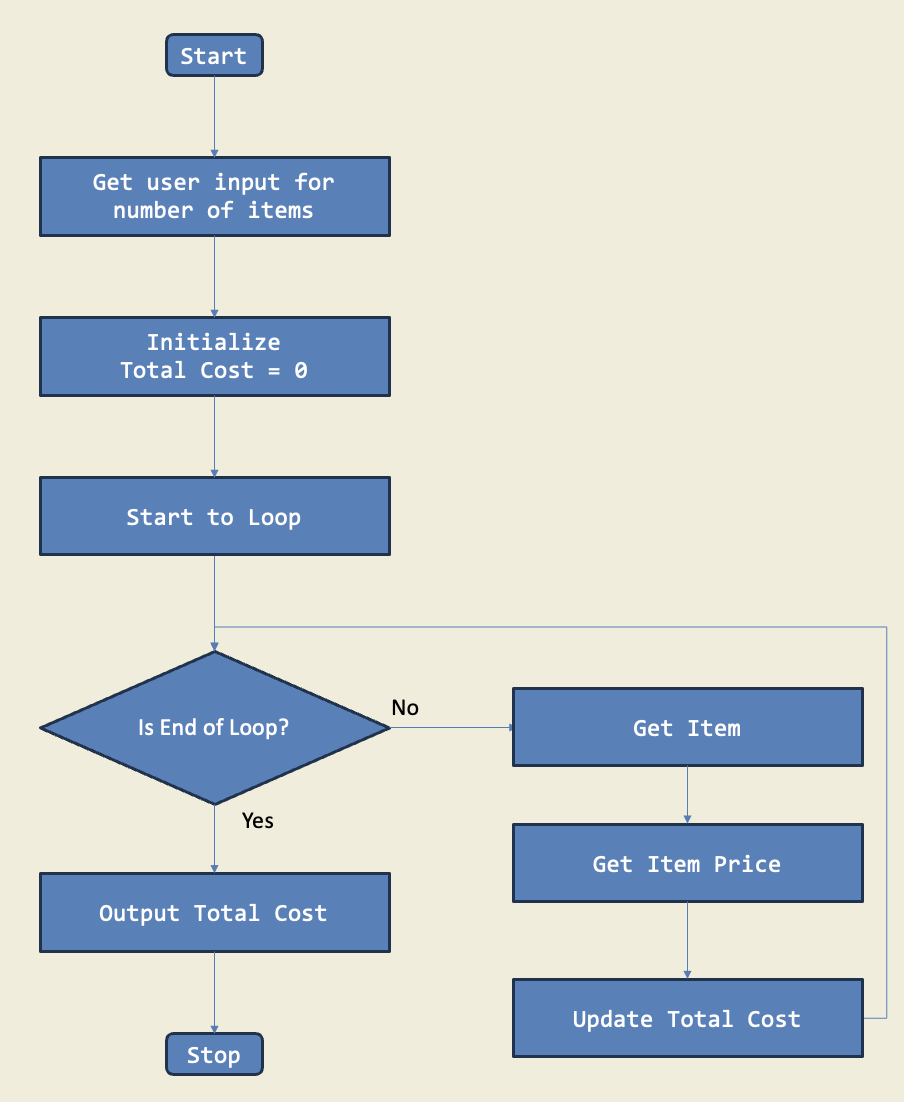
Trinket:
Description:
This project simulates a simplified Automated Teller Machine (ATM) with functionalities like checking balance, depositing, and withdrawing money. It highlights conditional logic, user input handling, and managing a virtual account balance.
Diagram:
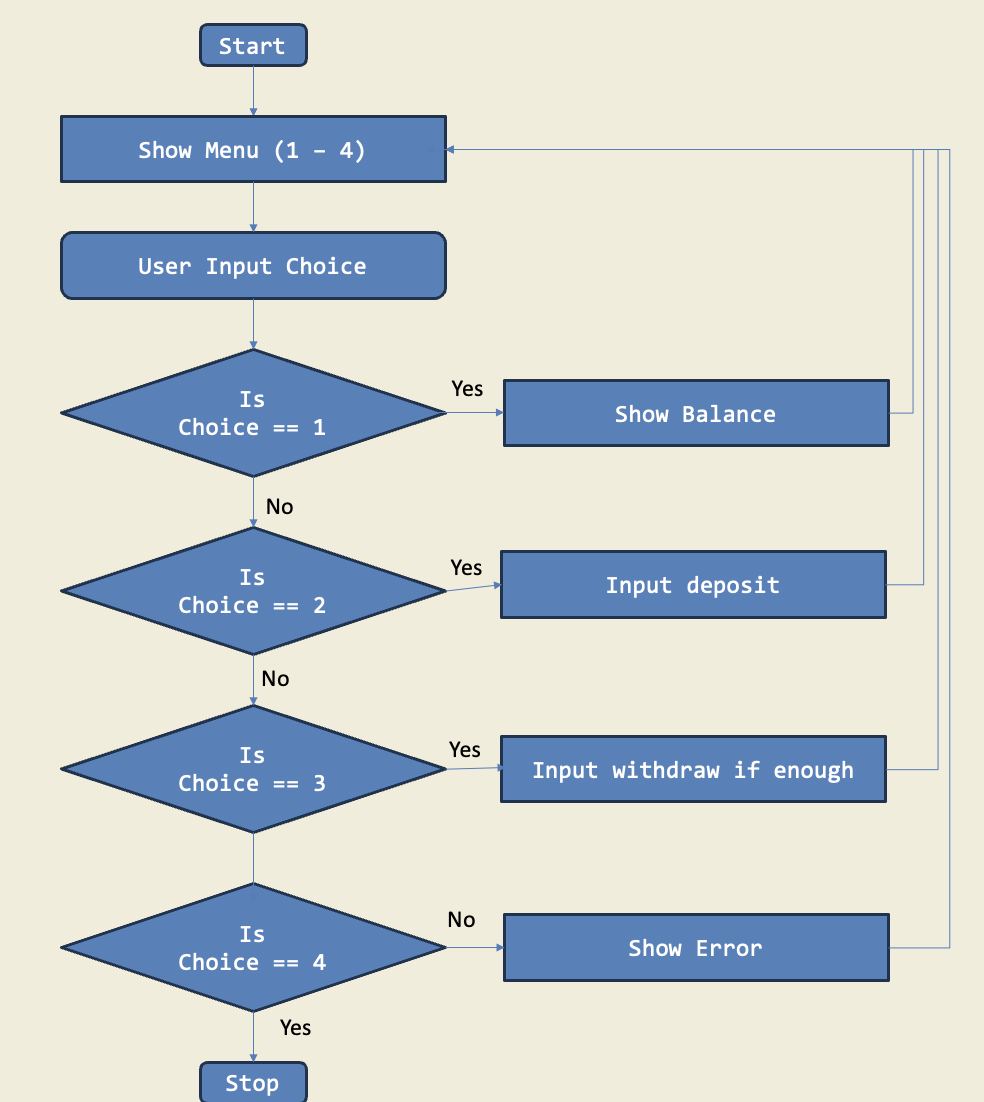
Trinket:
Description:
This project assesses the strength of a user-provided password based on criteria like length, presence of uppercase/lowercase letters, numbers, and symbols. It's a practical application of string methods and conditional statements to implement security principles.
Diagram:
